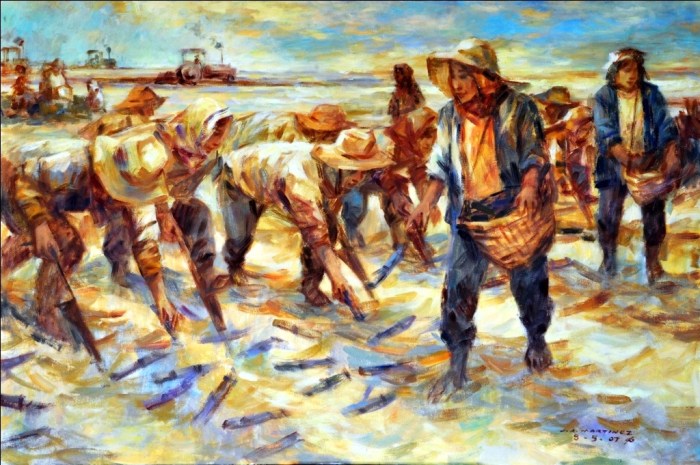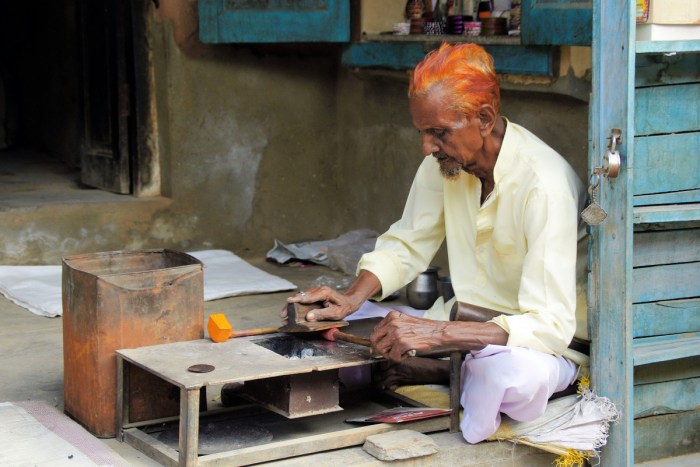Homenaje a las madres de la tradición artesana: A celebration of the matriarchs who have passed down artisanal traditions through generations, preserving cultural heritage and fostering a sense of community. These skilled women have played a pivotal role in shaping the artistic and cultural identity of their communities, transmitting knowledge and techniques that have stood the test of time.
From intricate weaving to delicate pottery and vibrant embroidery, the artisanal crafts practiced by these mothers have not only provided sustenance for their families but have also served as a means of artistic expression and cultural preservation. As we delve into the world of homenaje a las madres de la tradición artesana, we will explore the techniques, skills, and challenges involved in these crafts, while also examining their impact on families and communities.
Cultural Significance of Artisanal Traditions
Artisanal traditions play a crucial role in preserving cultural heritage, transmitting skills and knowledge from generation to generation. These traditions are deeply rooted in the history and identity of communities, providing a tangible connection to the past and fostering a sense of cultural continuity.
Mothers have historically been the primary transmitters of artisanal traditions, passing down techniques and designs through oral instruction and practical demonstration. This role has ensured the preservation of valuable cultural practices and the transmission of artistic knowledge within families and communities.
Types of Artisanal Crafts

Artisanal crafts encompass a wide range of practices that vary across cultures and regions. Some of the most common types of artisanal crafts include:
- Weaving: Creating textiles and fabrics using fibers such as wool, cotton, or silk.
- Pottery: Shaping and firing clay into functional or decorative objects.
- Embroidery: Decorating textiles with needle and thread, creating intricate designs.
- Basketry: Weaving plant fibers or reeds into baskets, mats, and other functional items.
- Jewelry making: Crafting ornaments and accessories from precious metals, stones, or other materials.
Techniques and Skills
Artisanal crafts require specialized techniques and skills that are often passed down through generations. These techniques include:
- Spinning: Twisting fibers into yarn for weaving.
- Dyeing: Using natural or synthetic dyes to color fibers and fabrics.
- Throwing: Shaping clay on a potter’s wheel.
- Glazing: Applying a protective or decorative coating to pottery.
- Stitching: Using needles and thread to create embroidery designs.
Impact on Families and Communities

Artisanal crafts play a significant role in the economic and social fabric of families and communities:
- Income generation: Artisanal crafts provide a source of income for many families, particularly in rural areas.
- Cultural identity: Artisanal crafts reflect the cultural identity and values of the communities that create them.
- Social bonds: The practice of artisanal crafts fosters social bonds and a sense of community.
Challenges and Preservation: Homenaje A Las Madres De La Tradición Artesana

Artisanal traditions face several challenges in the modern era:
- Globalization: Increased competition from mass-produced goods threatens the survival of traditional crafts.
- Urbanization: Migration to urban areas leads to a decline in the practice of artisanal crafts.
- Lack of recognition: Artisanal crafts are often undervalued and underappreciated.
- Education: Raising awareness about the importance of artisanal crafts.
- Community involvement: Encouraging local communities to participate in the preservation and revitalization of traditional crafts.
- Government support: Providing financial and policy support to artisans and craft organizations.
- Creativity: Artisans use their skills and imagination to create unique and visually appealing objects.
- Cultural symbolism: Artisanal crafts often incorporate cultural symbols and motifs, reflecting the values and beliefs of the communities that create them.
- Artistic heritage: Artisanal crafts are a testament to the artistic heritage and creativity of past generations.
Efforts to preserve and promote artisanal traditions include:
Artistic Expression and Cultural Identity
Artisanal crafts are not merely functional objects but also forms of artistic expression:
Helpful Answers
What are the benefits of preserving artisanal traditions?
Preserving artisanal traditions helps to maintain cultural heritage, supports local economies, fosters a sense of community, and provides opportunities for artistic expression.
How do artisanal crafts contribute to family income?
Artisanal crafts can provide a source of income for families, allowing them to supplement their earnings or even support themselves entirely.
What are some challenges faced by artisanal traditions in the modern era?
Artisanal traditions face challenges such as globalization, urbanization, and the loss of traditional knowledge and skills.